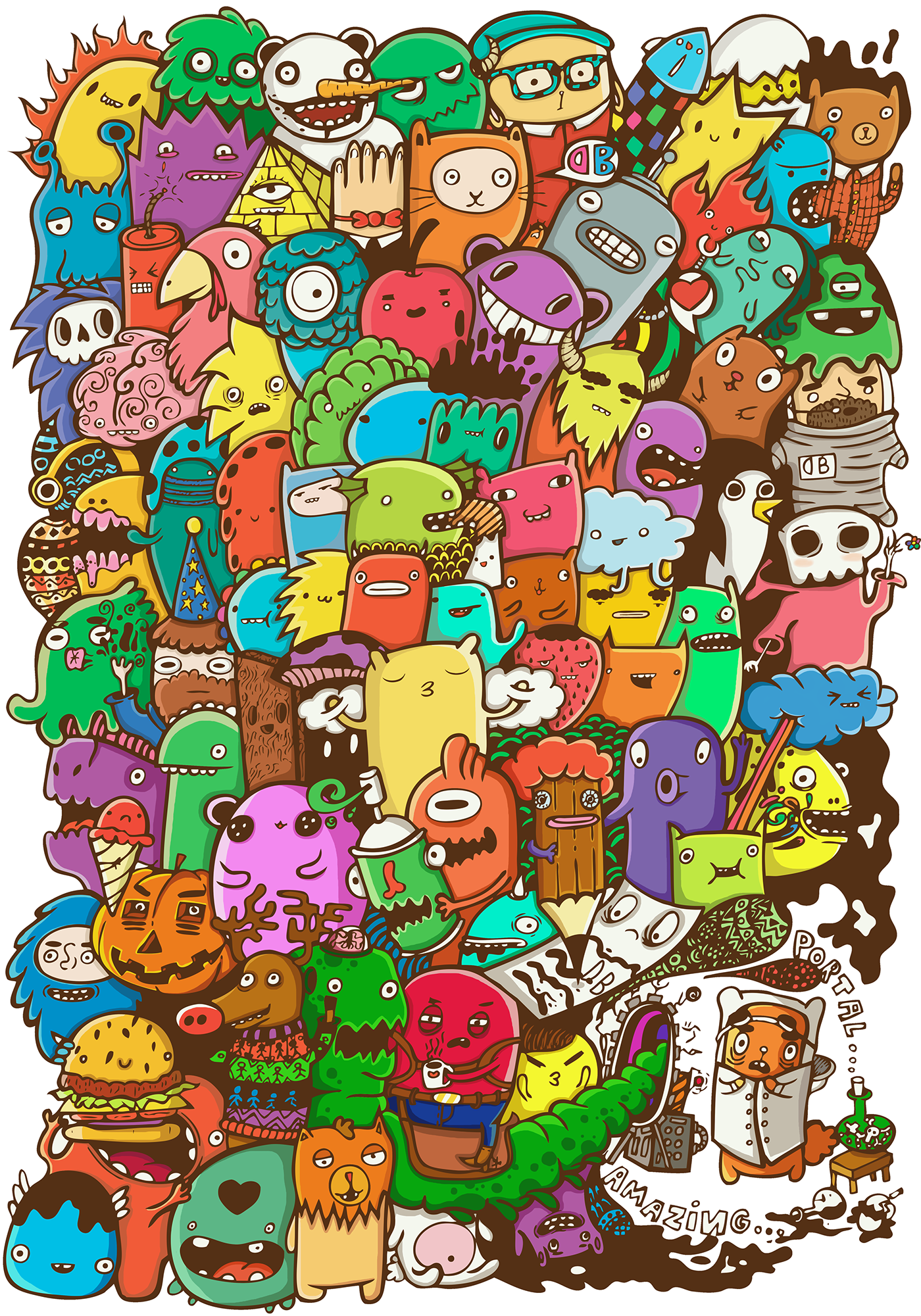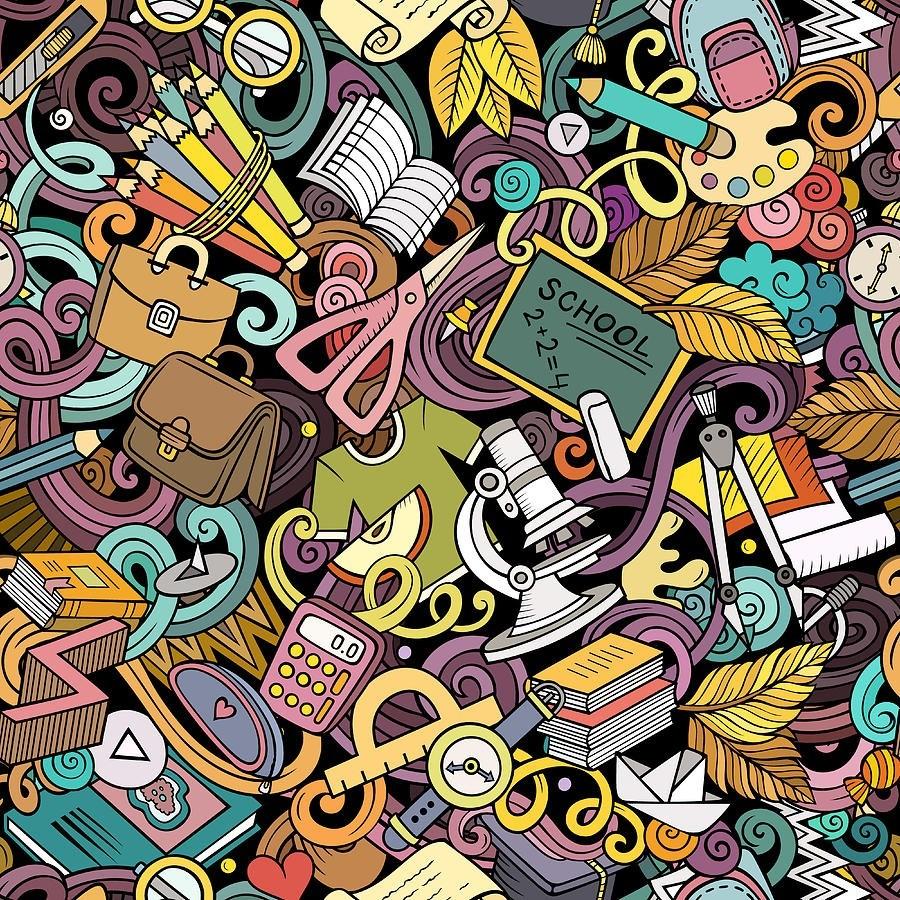

to change your physical and neurological experience, in that moment.”īrown’s own relationship with doodling came later in life. In her role as doodle advocate, Brown believes that to make the practice into something that requires savvy would be as dangerous as suggesting that only people who excel at writing should ever compose sentences. Brown isn’t keen on “highly skillful doodlers” because she thinks visual language should be open to those who lack the talent or ability. Learning, not aesthetic sophistication, is the goal. “I give no points for the aesthetic quality of a doodle,” says Sunni Brown, author of the recently published The Doodle Revolution, about developing concepts through pictures, “because the perceived skill has absolutely nothing to do with the quality of the learning experience for the doodler.” A picture that’s utterly hideous may still have taught the creator something significant. Just think of all those napkins (or Post-Its) on which million-dollar ideas were sketched out. Drawing, even in a primitive way, often triggers insights and discoveries that aren’t possible through words alone. While drawing is definitely the artist’s stock and trade, everyone can make doodles, bypassing the kind of refinement demanded of the artist. What’s more, according to a study published in the Journal of Applied Cognitive Psychology, doodlers find it easier to recall dull information (even 29 percent more) than non-doodlers, because the latter are more likely to daydream. For anyone who actively exercises the brain, doodling and drawing are ideal for making ideas tangible. Arguably, making graphic marks predates verbal language, so whether as a simple doodle or a more deliberate free-hand drawing, the act is essential to expressing spontaneous concepts and emotions.ĭrawing with pencil, pen, or brush on paper isn’t just for artists. Or, maybe the need to draw is simply hardwired into human brains. Perhaps it’s a kind of artistic rebellion over the supremacy of computers and digital media. While a spate of branded and bespoke blank sketchbooks, journals, and pads meant for drawing are also sparking something of a renewed interest in the practice. Two new books tout the benefits of drawing, sketching, and doodling as tools to facilitate thinking. Those that continued drawing in their teens will include more involved patterns and complex symbolic representations, while people who maintained an interest in creative expression may create intricate doodles and complete drawings.You Have No Idea How Hard It Is to Get a Hamster Drunk Sarah Zhang

People who stopped drawing very early will tend to limit their doodles to repetitive geometric forms and the learned symbols from their childhood.

In the early teens, when realistic expression and detail become important, children keenly feel an inadequacy in their ability to draw realistically, and stop drawing. They might add more complex forms later but rarely learn observational drawing. Children learn a set of formal symbols: the face, house, sun, moon, flower, tree, bird, fish, and basic geometric shapes that are established in early primary school. Usually, we have a limited visual vocabulary that we have at our disposal depending on the age at which our artistic development stalled. When we are otherwise occupied - on the phone, in a meeting or lecture, writing a list - basically, any moderately engaging mental activity with a pen in our hand the censor in our head can be turned off, and we allow ourselves to express the ideas that are locked in our head.


 0 kommentar(er)
0 kommentar(er)
